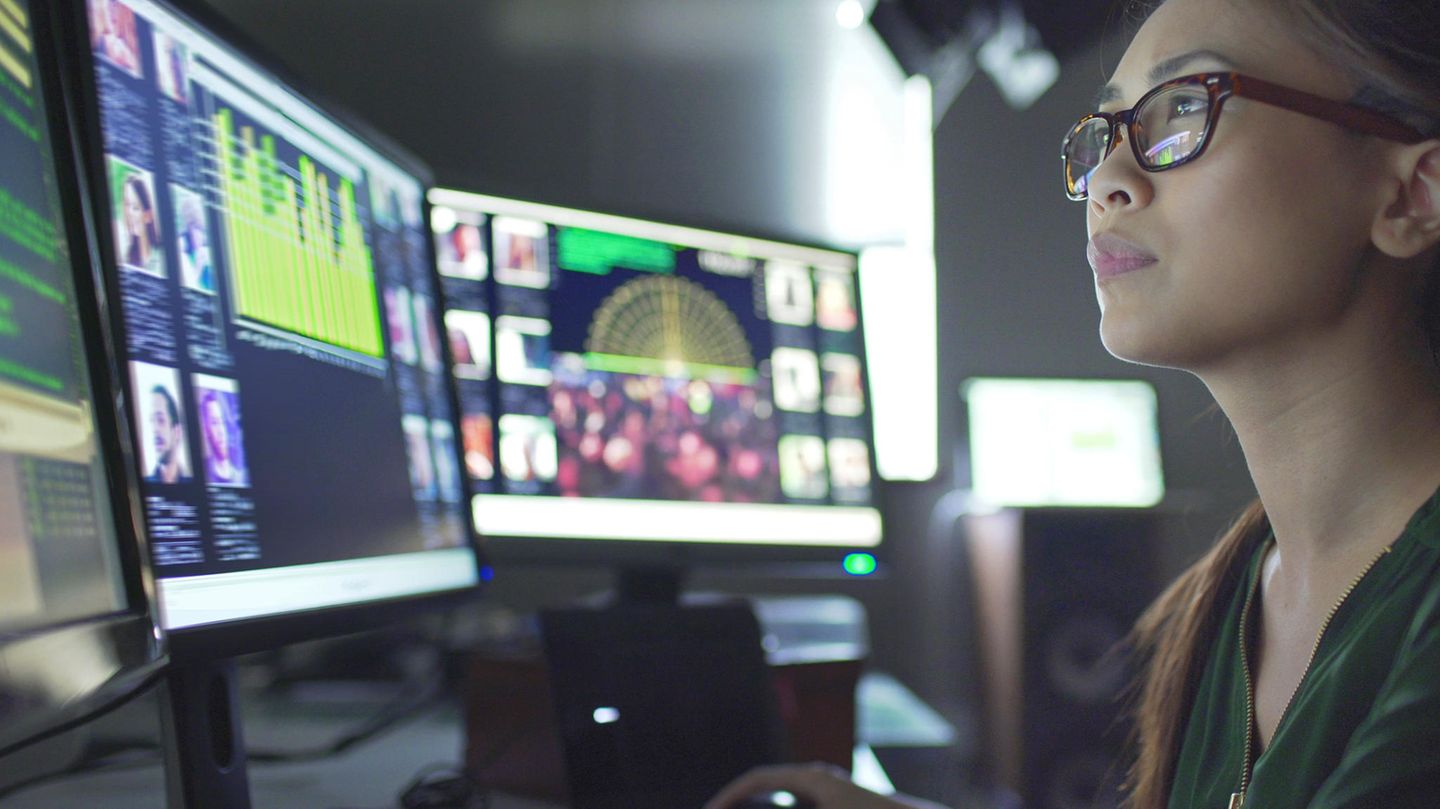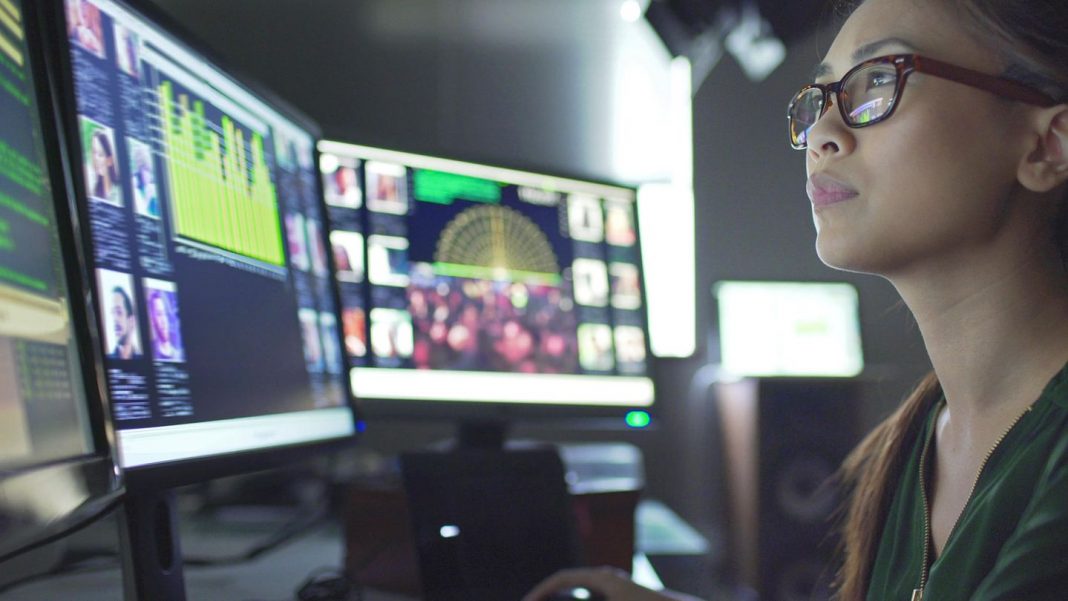Computer hardware
Connect two monitors: how to do it with just one HDMI port

Concentrated view, increased productivity – who wants to connect two monitors, in most cases needs a splitter.
© aurence Dutton / Getty Images
A laptop, two monitors, one problem: how to get the image on both screens? Thanks to HDMI splitter lighter than expected!
Squatting at the kitchen table in front of the laptop is 2020: Meanwhile, even the last employee should have set up a comfortable home office workplace. And little offers more comfort in the workplace than a lot of screen space. Logically, that’s why most home office workers connect their laptop to a screen. And because more is better in this context, there are quite a few who need two screens at once. It becomes problematic if the laptop only has an HDMI or USB-C port.
Do not worry, it is still possible to connect two monitors to the laptop. This is achieved via HDMI or USB-C splitters, which turn one input into two. But before you rush to buy such a splitter, you should check which and how many outputs your laptop offers, and how many and which inputs the monitors to which you want to transfer an image have. After that, it is necessary to decide which connection type you want to connect the laptop and screens and which splitter you need.
Connect two monitors: HDMI Splitter
If your laptop has an HDMI output and both screens have HDMI inputs, then a simple one will do HDMI Splitter to quickly and easily get an image on both monitors. Make sure that both splitters and HDMI cables support 4K at 60 frames per second.
This should give you enough data throughput for smooth image playback. Most office monitors only offer a refresh rate of 60 frames per second – regardless of resolution. But if you have a 4K monitor and the splitter only offers a data throughput of 30 images per second, working on the PC quickly looks hakelig and unpleasant.
USB-C Dongle
For particularly modern and flat laptops, manufacturers like to rely on USB-C 3.2 Generation 2. Computers not only receive data via the interface, they also pass on image signals or charge themselves. What saves a lot of cable clutter on the one hand, is a problem on the other hand: If you connect the laptop to the monitors via USB-C, all USB-C ports are quickly consumed and the notebook can no longer be charged.
This scenario prevents a USB-C Dongle. Make sure that it has two HDMI inputs if you want to connect the laptop to two monitors. Alternatively, you can connect a USB-C dongle with only one HDMI input to an HDMI splitter. However, this option is only advisable if you already have a dongle.
DVI Splitter
If both monitors only have DVI inputs, you have two options: Either, you rely on one DVI Splitter. To then connect both monitors to the laptop, the laptop either needs a DVI input or you need a DVI to HDMI Cable. Alternatively, you can purchase two DVI-HDMI cables for the monitors and connect them to an HDMI splitter for the laptop if the notebook has an HDMI input.
Which option you choose is up to you. But it makes more sense, two DVI-HDMI Cable and connect them to the HDMI splitter, because HDMI is more widespread than DVI and you will be able to do more with the cables and splitters in the future than with the DVI splitter.
These types of transmission are available for laptops and monitors:
- HDMI: Is now probably the most common monitor connector. Most consumers know him from the TV. It offers the most comprehensive comfort features and connectors to VGA and DVI. Transmits audio signals and is therefore a true all-rounder.
- Display Port: Used mainly for the connection between PC and monitor. Allows high refresh rates and is therefore interesting for gamers. Transmits audio signals.
- USB-C: If the USB-C connector over the USB protocol 3.2 Generation 2 as a rule, image signals can be transmitted via it. This is usually the case with newer laptops, but not necessarily with monitors with USB-C. If the monitor or laptop has a USB-C interface, consumers can tell by a” DP ” above the socket whether this transmits image signals. If the monitor has no USB-C interface but only HDMI or DVI, a USB-C to HDMI dongle is usually suitable. Read more, wor else you need to pay attention to USB-C monitors.
- VGA: Analog connection, which is still present on many laptops and monitors, but should no longer be used if there are more modern alternatives. Unfortunately does not transmit audio signals. Can transfer signals to HDMI via a connector.
- DVI: Analog connection, which harmonizes with HDMI via a switch. Thanks to Umstecker a possibility to connect older screens via HMDI with the laptop. Unfortunately, DVI does not allow audio transmission.
Here you will find a detailed overview of the individual monitor connections.
You may also be interested in:
This article contains so-called affiliate links. More information can be found here.



